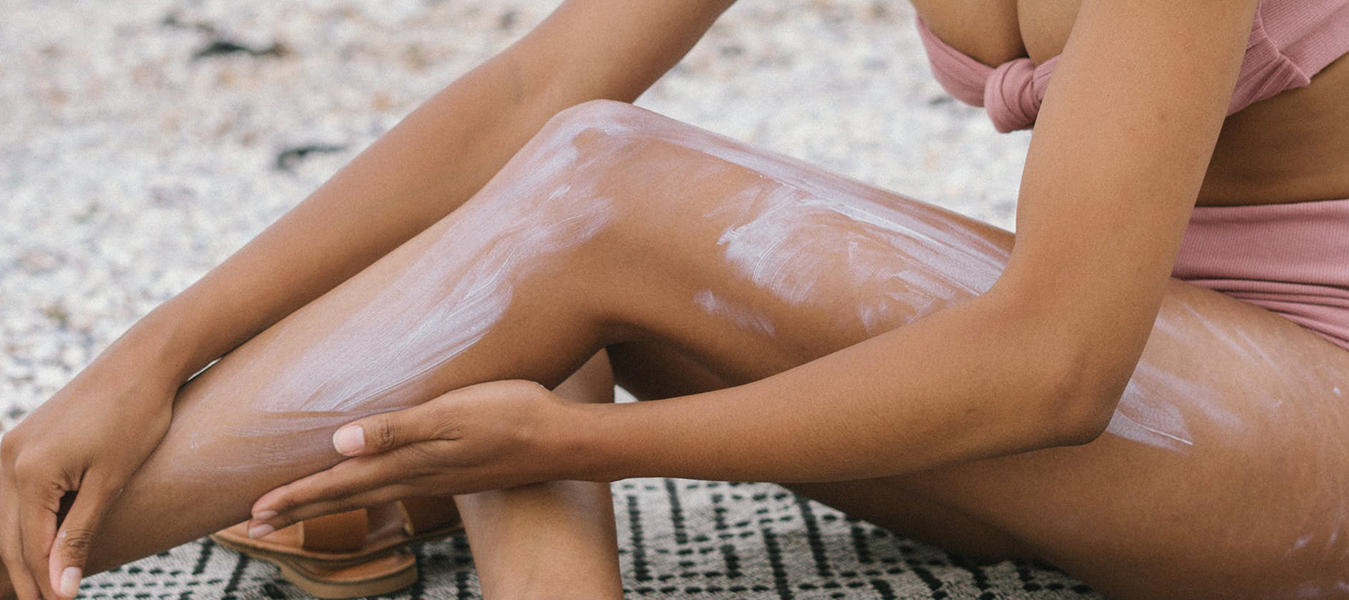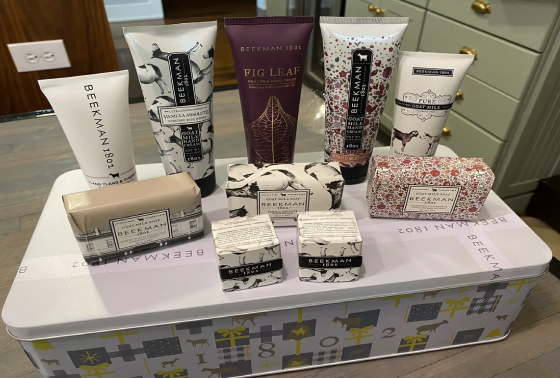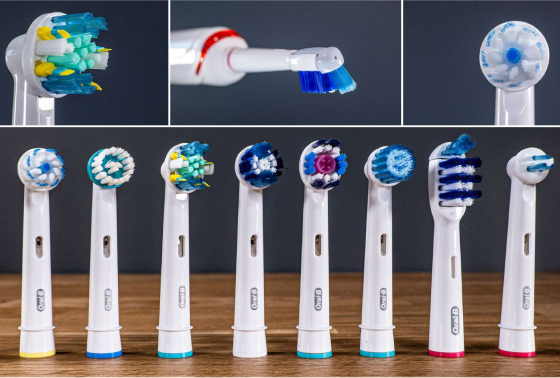
ARE YOU USING THE RIGHT SUNSCREEN?
Do you know where your sunscreen is? With that scorching sun all year round mostly, you must be equipped with the right sunscreen. There was a time when wearing sunscreen was the worst. But we’ve come a long way since that chalky goop your mom used to slather on you during your family vacations as a kid, but men especially still tend not to use it regularly.
It’s worth making sure you’re using sunscreen correctly, too. Proper application, upkeep, and exposure ensure the product is doing its work well. Here’s how to get the most out of your sunscreen and make sure you’re protected on and off the beach.
Dermatologists recommend a broad-spectrum sunscreen with a minimum SPF of 30, but keep in mind that no sunscreen protects against 100 percent of UV radiation and that reapplication is necessary. No matter the SPF, sunscreen must be applied adequately and frequently, meaning a quarter-sized amount to cover the face and neck and a full shot glass amount for the body when wearing a bathing suit. Reapplication should be every 80 minutes.

Do specific populations require a higher SPF?
Walker explains that infants, seniors, and those with a history of skin cancer must take precautions against UV radiation, as their skin is vulnerable. Sunscreen should be an absolute priority before spending time outdoors and avoiding prolonged sun exposure, wearing a hat with wide brim (recommended 4-inch brim) and UPF (ultraviolet protection factor) clothing.
Due to the sensitive nature of an infant’s skin, babies under six months should not spend time in the direct sun. For infants and toddlers six months and older, whose skin is thinner than adults, a sunscreen that contains zinc oxide or titanium dioxide (physical protectors) should be applied. Zinc and titanium are less likely to irritate because they do not penetrate the skin and instead sit on the surface and deflect UV radiation.
Zinc oxide and titanium dioxide are vital ingredients to seek out in sunscreen due to their strong ability to deflect UV radiation.
The best sunscreen is the one you actually use
There’s a lot of debate going on right now about what sunscreens are the best for you (and the environment). Hawaii banned sunscreens containing oxybenzone because many believe it is contributing to the deterioration of coral reefs.
The FDA recently released a list of sunscreen ingredients they want more information on, specifically in regards to their effects on our bodies. Many experts are now recommending mineral-based sunscreens over chemical-sunscreens, which work by forming a protective barrier on our skin using ingredients like zinc.
Not every sunscreen offers all 3. When it does, you’ll see the above words listed on the container. On some products, you may see the words “broad spectrum” or “UVA/UVB.”
It’s really important to use a sunscreen that offers the 3 essentials. Studies show that daily use can reduce your risk of:
• Skin cancer, including melanoma, the most-serious skin cancer
• Precancerous skin growths that can turn into skin cancer
• Signs of premature skin aging like age spots, wrinkles, and leathery skin
• Sunburn
• Melasma
• Dark spots on your skin that can appear when acne, psoriasis, or another condition clears

Sunscreen is not just for the beach
Because sun exposure is proven to cause skin cancer, it is recommended to use it every day no matter what you’re doing. If you use it every day it will become part of your routine, like brushing your teeth. This is especially important on our faces, which are usually the most exposed. For daily use on your body, look for a fragrance-free formula so you don’t feel like you’re heading to the pool when you’re really just going to work.
A higher SPF doesn’t last longer
Don’t for a second think that you’re beating the system by wearing a higher SPF. People think that if they use a high number like SPF 100 that it is twice as effective as SPF 50, so they put it on once and then leave the house for the day. However, the SPF number refers to how much protection the product is giving you, not how long it lasts. All sunscreens need to be reapplied.
The AAD also says you should always use a minimum SPF 30 and make sure it’s broad-spectrum (which means it protects against both UVA and UVB rays).
Pump pack, roll-on, or spray?
The sunscreen delivery system is more important than you might think. Sunscreen works best when you use lots — a teaspoon for each limb, a teaspoon each for your front and back, and a teaspoon for your face and neck.
This is easiest to achieve with pump packs or squeeze tubes. People apply far less sunscreen when they use a roll-on. Spray-on sunscreen is even worse; the TGA recommends you apply one-third of a whole can for proper coverage.
Every skin type needs sunscreen
Darker skin tones do have increased protection against the sun thanks to a higher quantity of melanin, but just because you might not burn as easily, doesn’t mean the sun isn’t affecting your skin.
Sunscreen doesn’t just prevent skin cancer but also helps with hyperpigmentation, which is one of the major concerns in people with darker skin. Regular use of sunscreen can help prevent freckles and melasma (dark splotches) as well as skin cancer. opt for a clear version or tinted formula to avoid gray or chalky residue.
Some of the best sunscreens available in stores are recommended here:
- CLINIQUE SUN BROAD SPECTRUM SPF 50 SUNSCREEN FACE CREAM
- CLINIQUE FACE SUN SPF 50 SUNSCREEN
- PHENOME OUTDOOR DEFENSE PROTECTIVE FACE CREAM SPF 30
- DERMALOGICA OIL FREE MATTE SPF30
- SHISEIDO
- ULTIMATE SUN PROTECTION LOTION SPF50 WETFORCE FOR SENSITIVE SKIN & CHILDREN









